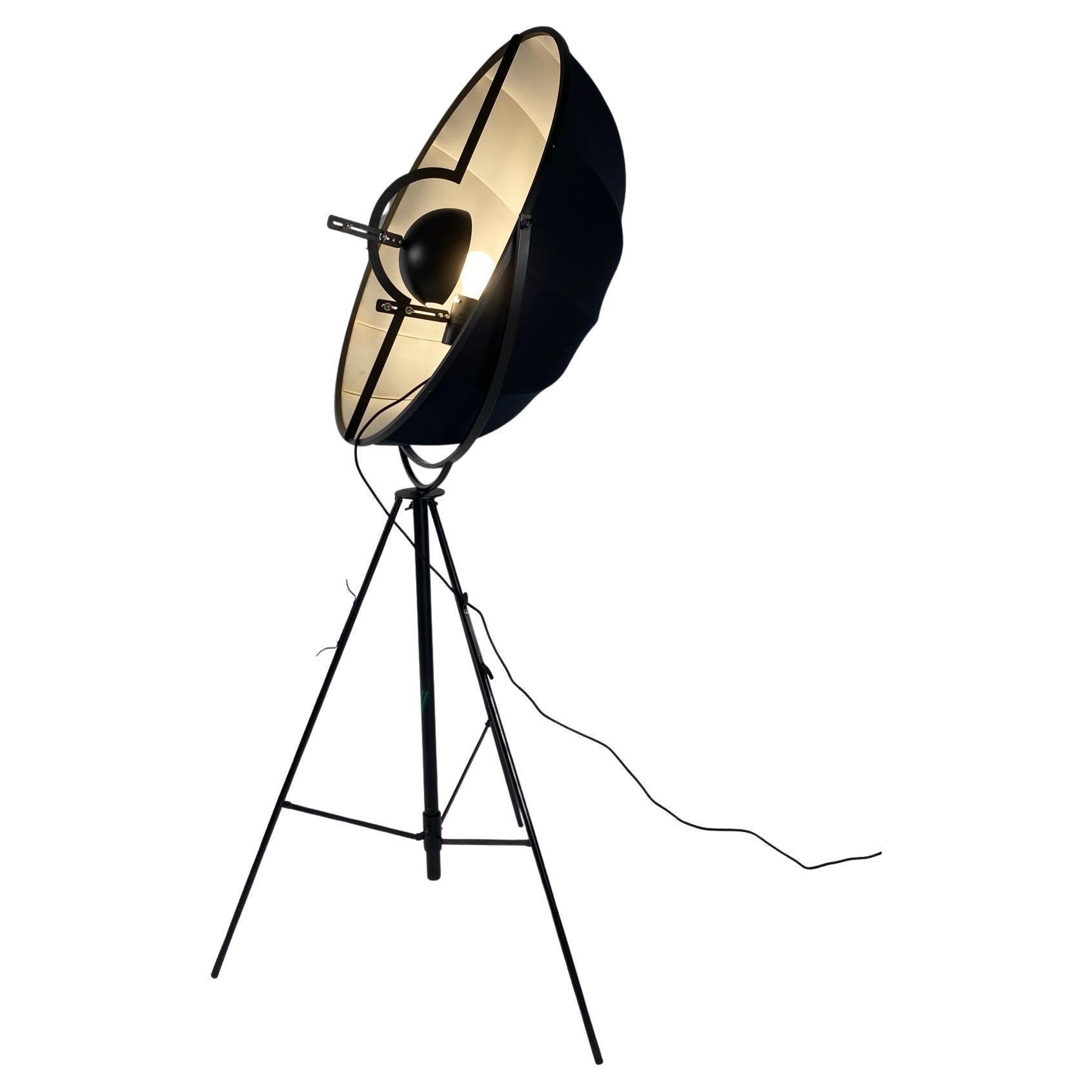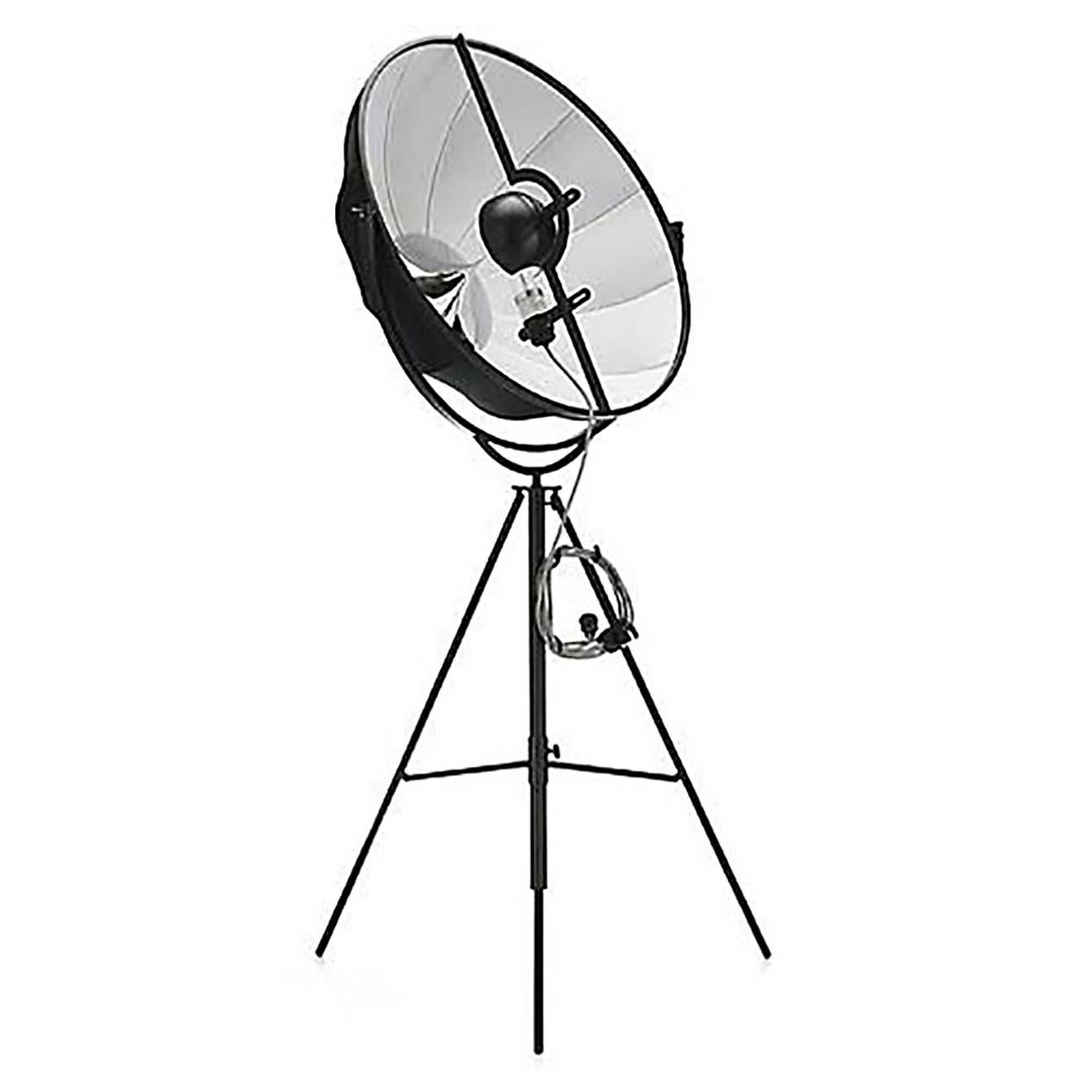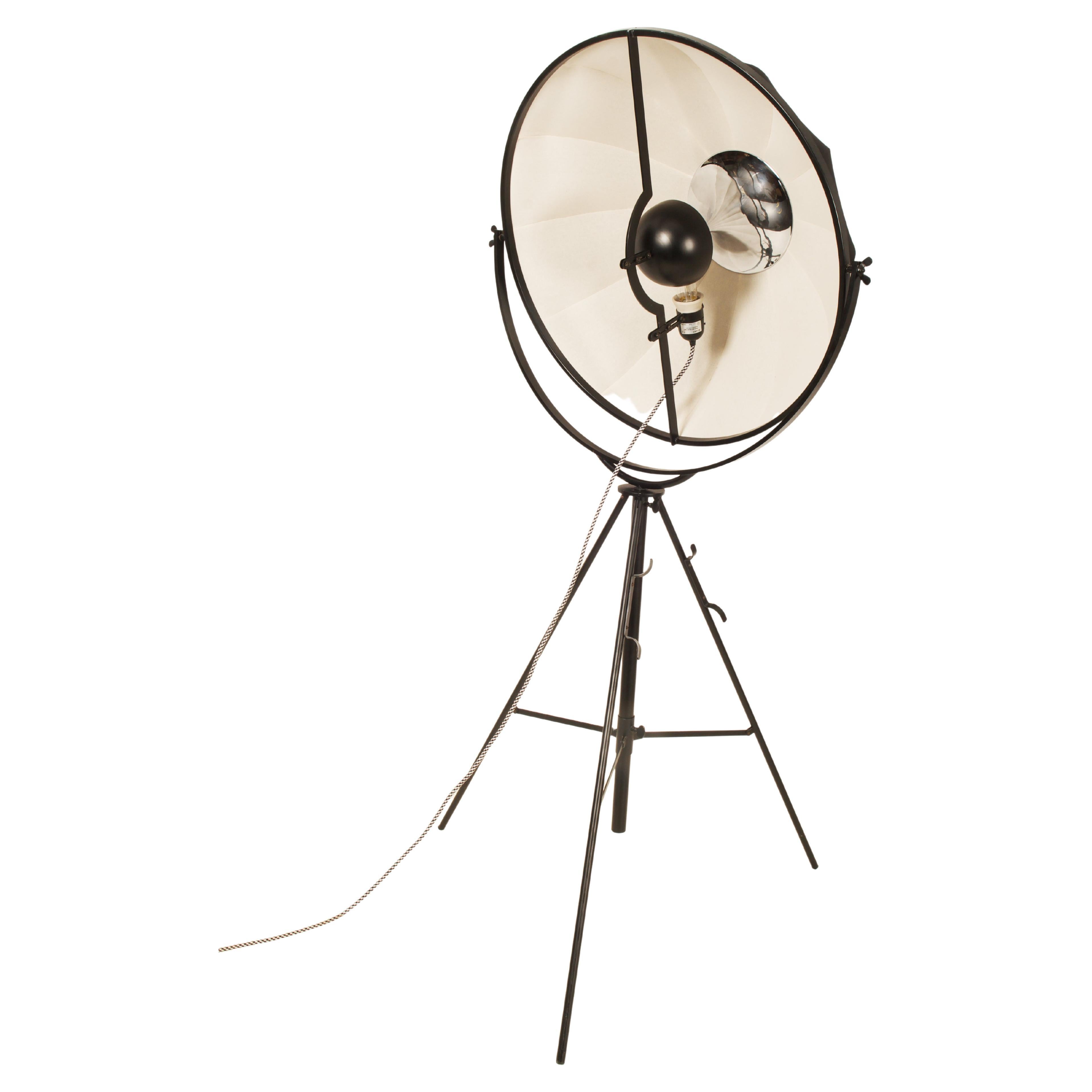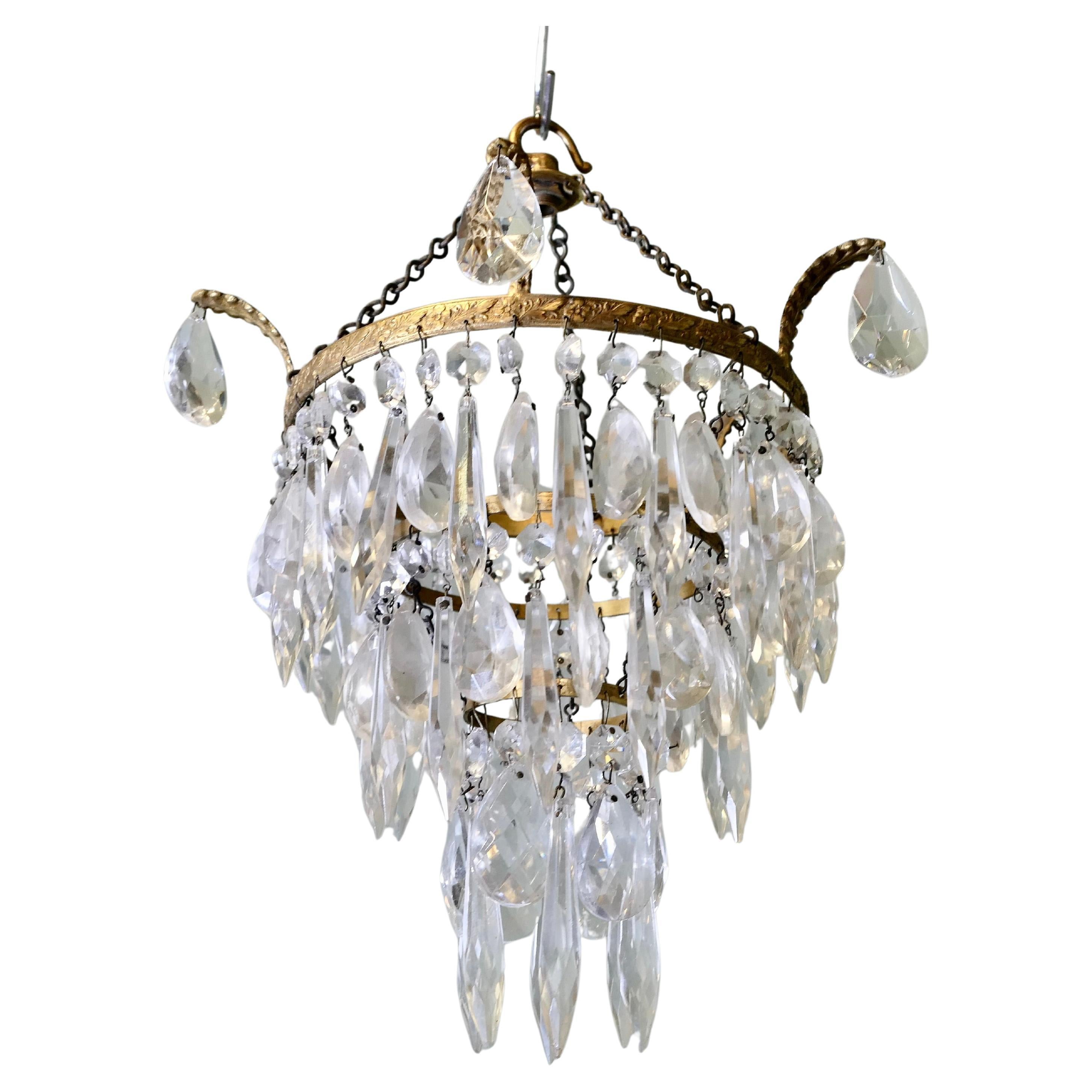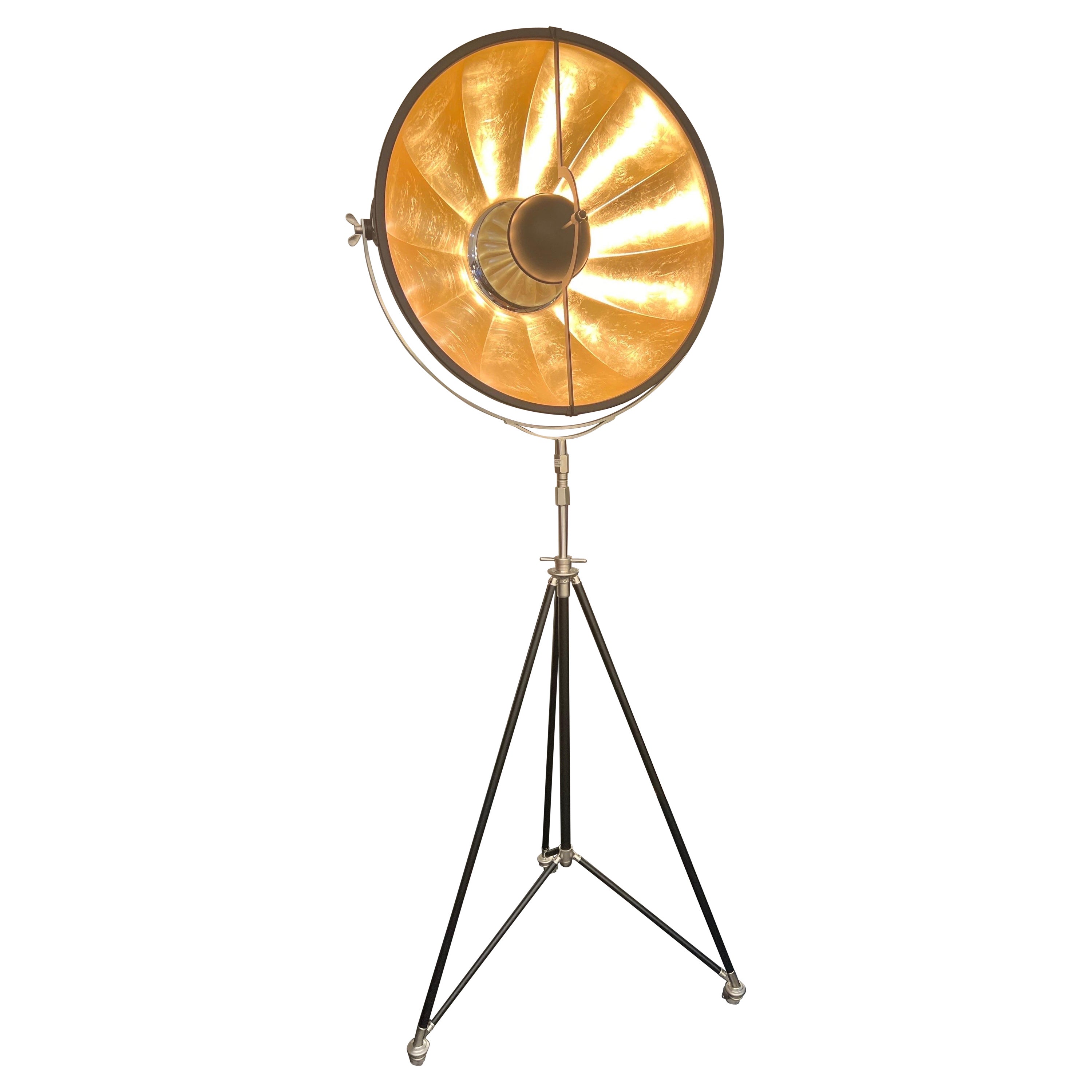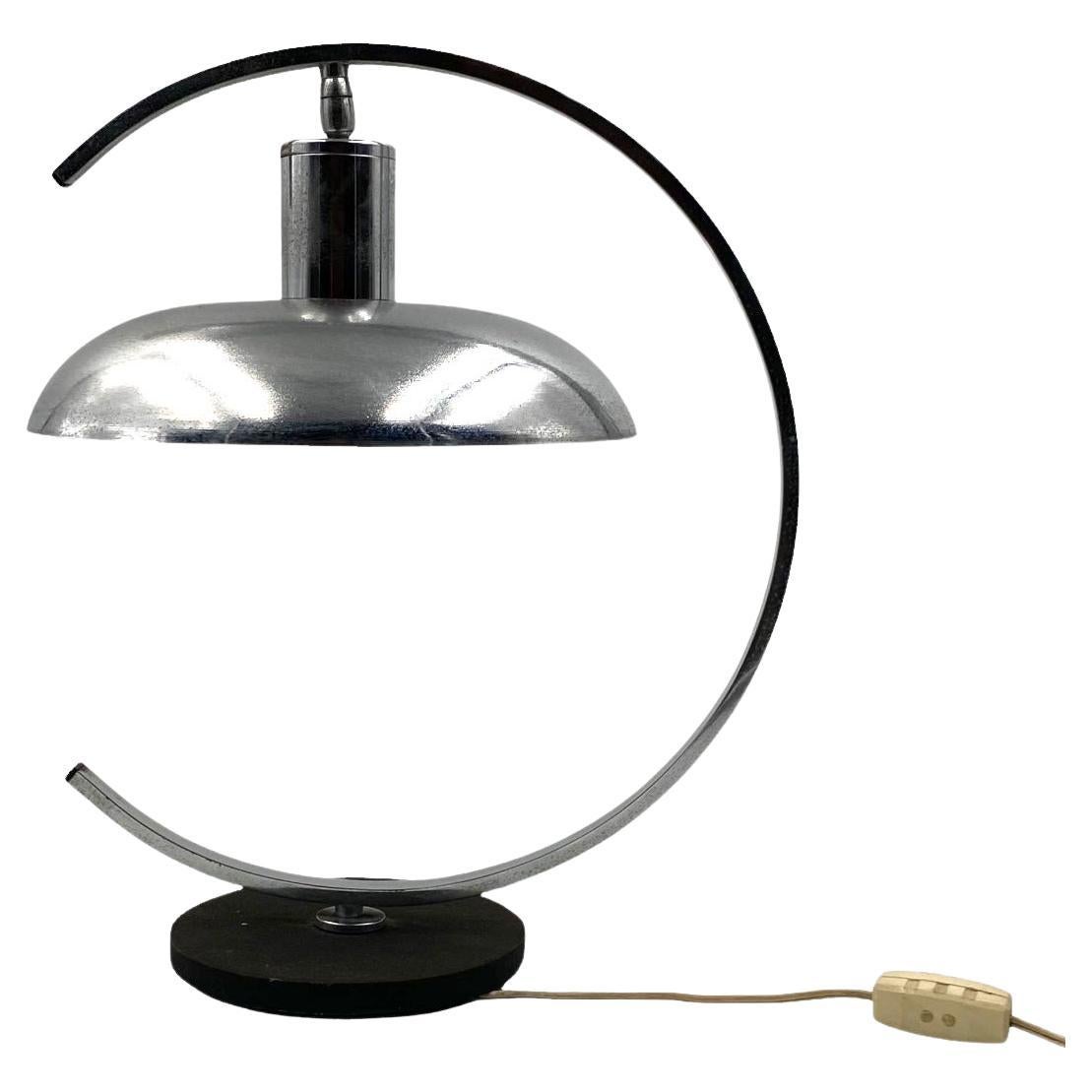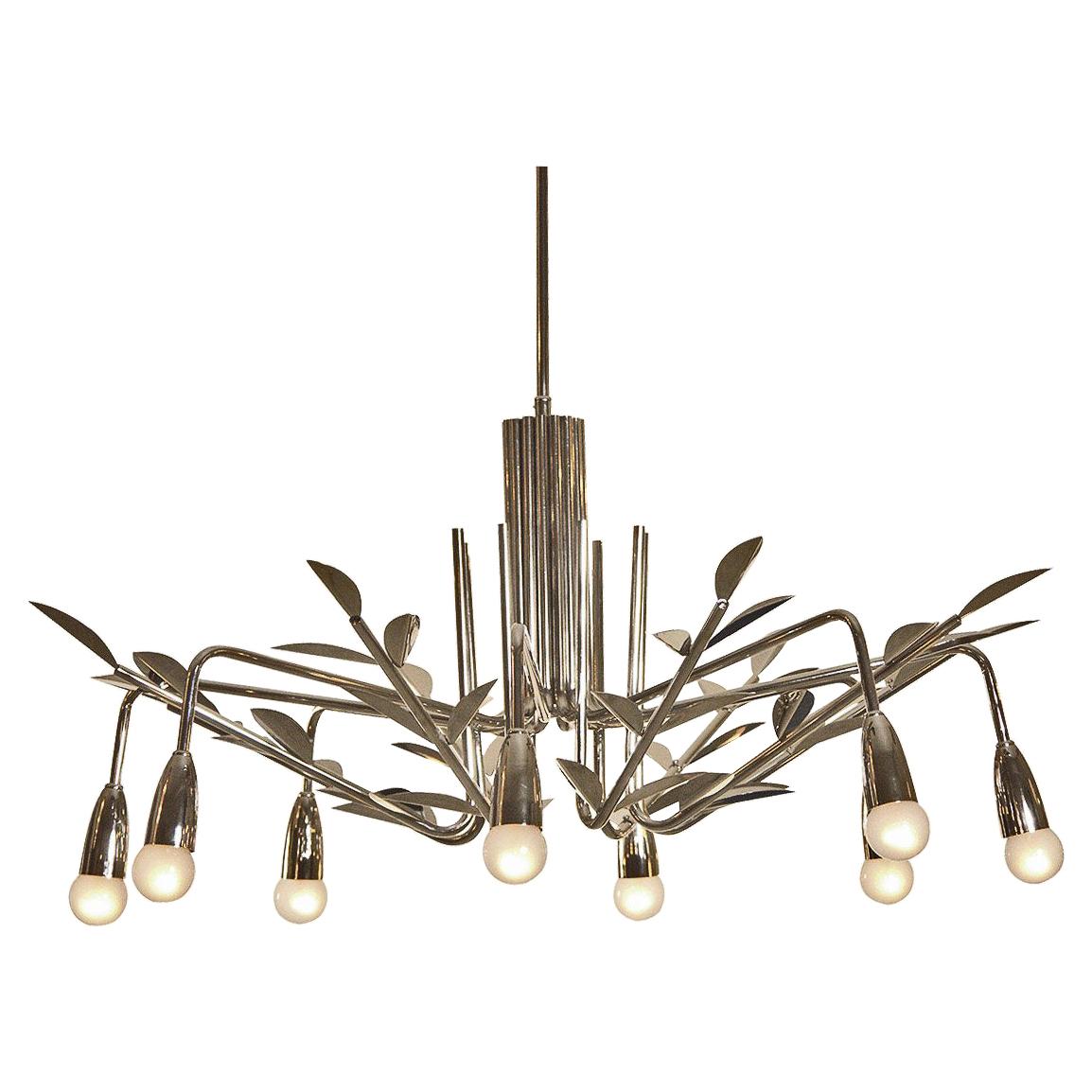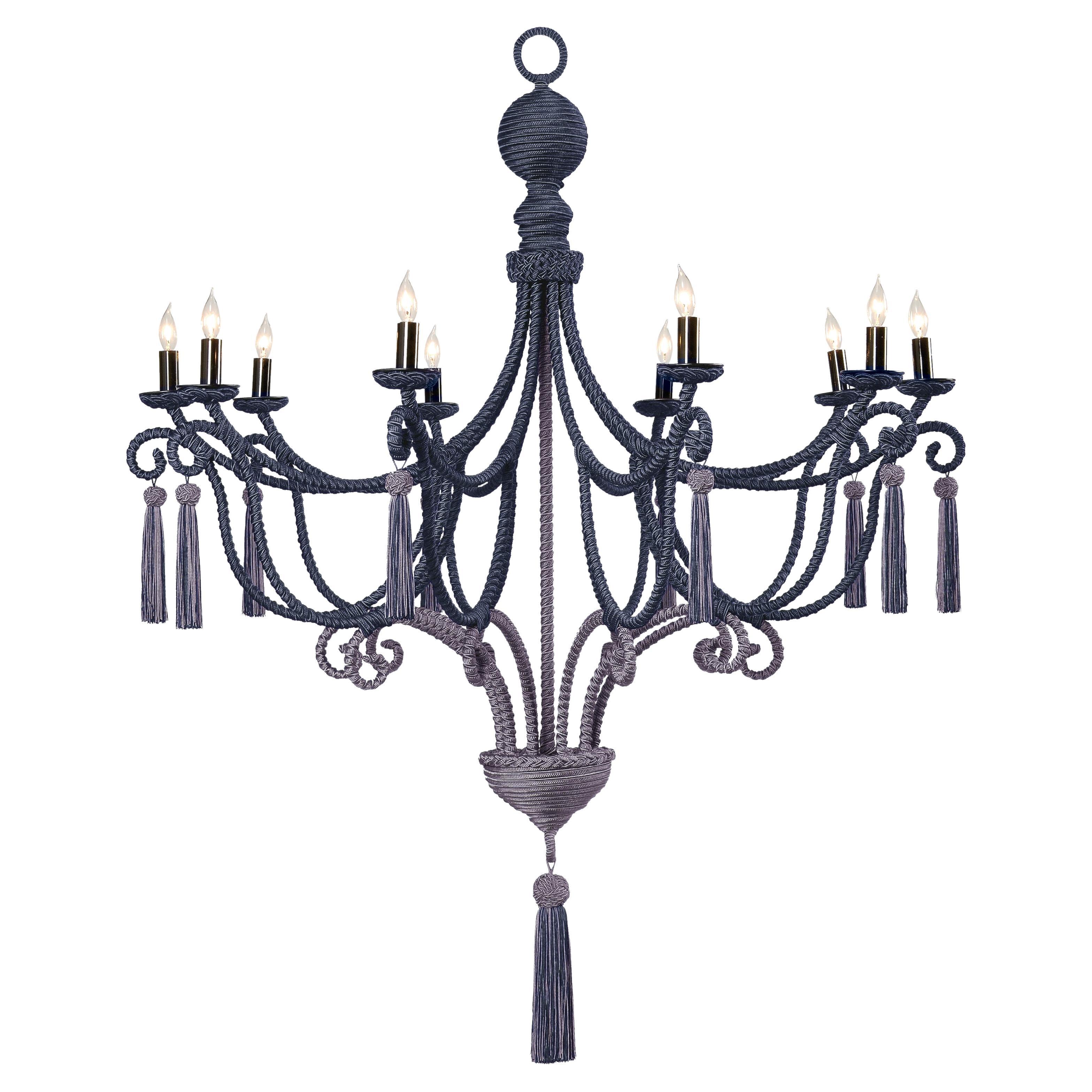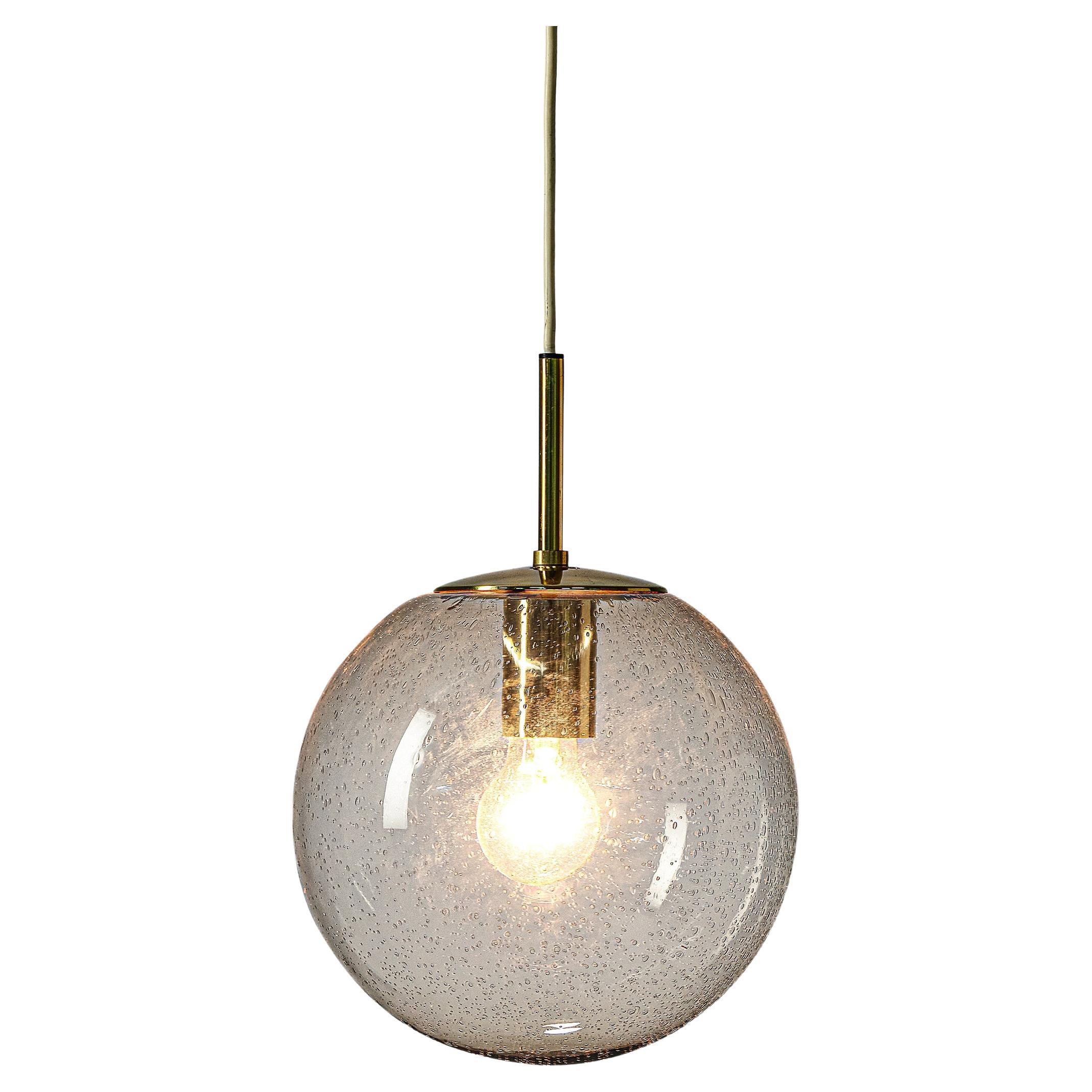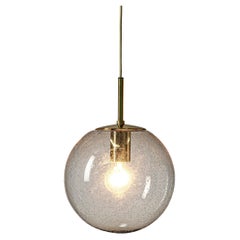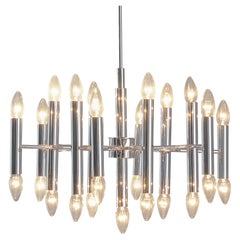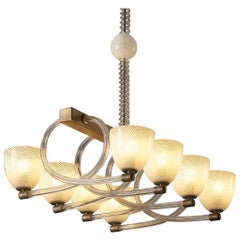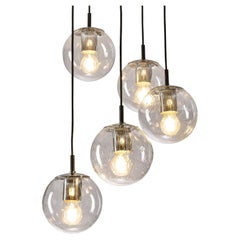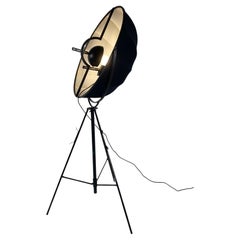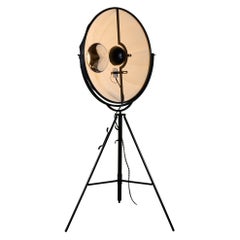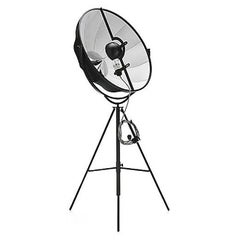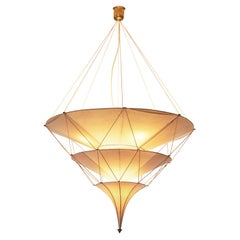
Delicate Mariano Fortuny ‘Icaro’ Chandelier in Silk
View Similar Items
Delicate Mariano Fortuny ‘Icaro’ Chandelier in Silk
About the Item
- Creator:Mariano Fortuny (Designer)
- Dimensions:Height: 59.06 in (150 cm)Width: 35.44 in (90 cm)Depth: 35.44 in (90 cm)
- Style:Art Deco (Of the Period)
- Materials and Techniques:
- Place of Origin:
- Period:
- Date of Manufacture:1950s
- Condition:Wear consistent with age and use. Every item Morentz offers is checked by our team of 30 craftsmen in our in-house workshop. Special restoration or reupholstery requests can be done. We guarantee a very high-quality standard, ask our design specialists for detailed information.
- Seller Location:Waalwijk, NL
- Reference Number:Seller: 4900088481stDibs: LU933125352482
Mariano Fortuny
Spanish fashion designer Mariano Fortuny was a true artist who worked with beautiful fabrics as his medium of choice. Although he showed talent in painting, sculpting, photography and architecture at an early age, fashion was where he really shined.
Fortuny was an innovator in the world of textile design. He drew on classical Greek tunics for his rich and interesting garments and worked with a revolutionary system for creating pleats (he was indeed proficient with product design, too, and developed lighting systems for theatre performances). He designed a range of clothing for his couture house, and today, vintage Fortuny evening gowns, gemstone-colored day dresses, coats and accessories like drawstring bags are known for their fine craftsmanship and signature elegance.
Fortuny was born Mariano Fortuny y Madrazo in 1871 in Granada, into a family of artists. His father died when Fortuny was only three years old, and his mother moved the family to Paris. As a child, Fortuny was fond of experimenting and figuring out how things worked. He even dyed pieces of fabric from his family's textile collection, which had been amassed from shops around Europe.
In 1889, the family moved again, this time to Venice. Here, Fortuny found inspiration in the past, which would influence his future designs. Not long after, the young Fortuny set off to travel the continent. In 1897, he visited Paris and fell in love with a dressmaker named Henriette Negrin. She became his muse, his wife and his creative partner — Negrin worked with Fortuny on clothing designs and fabrics — and the two settled in the French capital.
A lifelong inventor, Fortuny began patenting his creations in 1901. By 1934, he had registered more than 20 patents. At the same time, his fashion career was taking off. In 1907, he designed the Delphos gown with Negrin, which French novelist and essayist Marcel Proust described as "faithfully antique but markedly original." Fortuny had worked from his home until 1922 when increased demand required large-scale production. He opened a factory in Venice, where due to the scarcity of silk, he began experimenting with cotton.
In 1927, New York interior designer Elsie McNeill traveled to Paris to meet Fortuny and became his exclusive American distributor. She returned to the United States and introduced Fortuny's designs to New World audiences. Shops opened in Paris, New York and London. Toward the end of the 1930s, Fortuny returned to painting and stepped away from the busy fashion industry.
After Fortuny passed away in 1949, McNeill took over the label and continued running it until 1988, when it was purchased by the Riad family, who remain at the helm of Fortuny today.
Find vintage Mariano Fortuny clothing and textiles on 1stDibs.
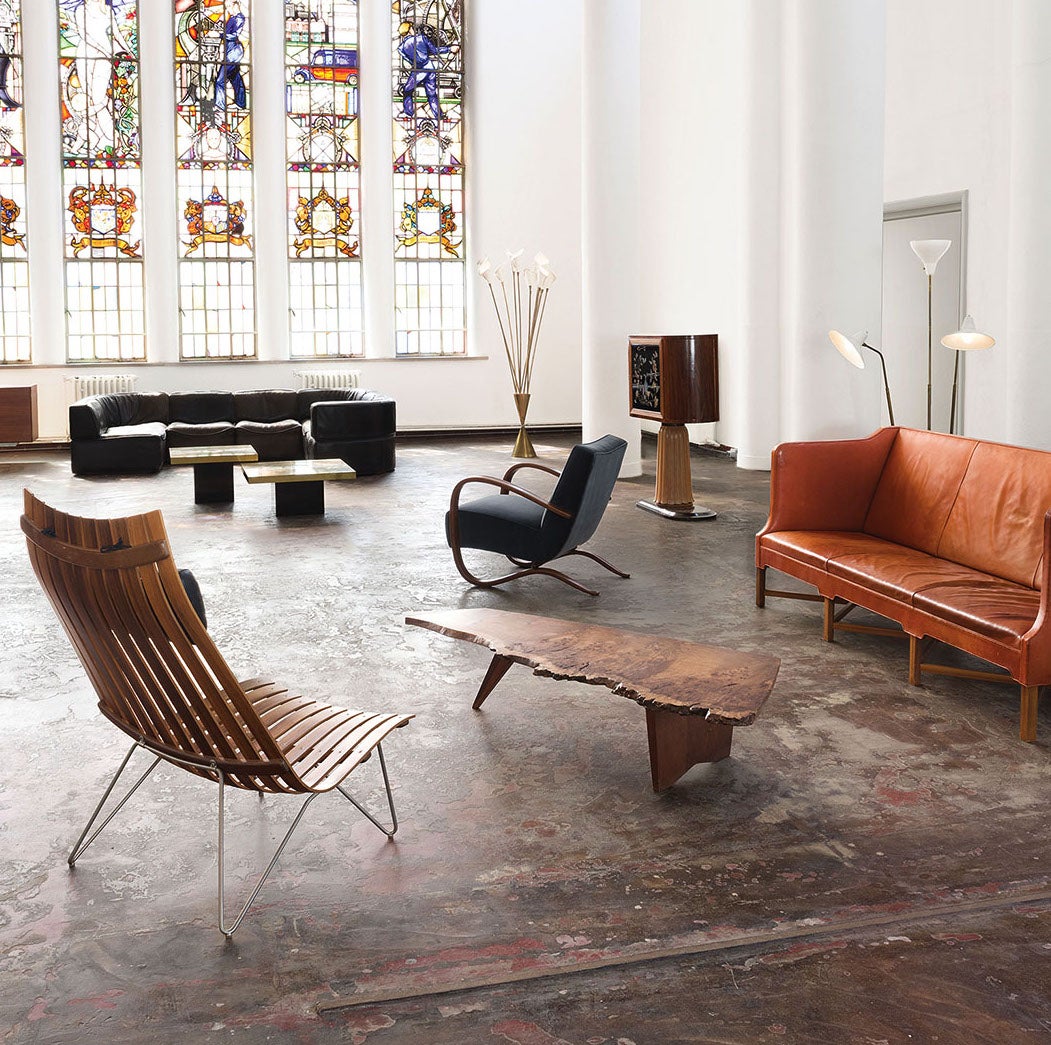
Established in 2006, Morentz has a team of approximately 55 restorers, upholsterers, interior advisers and art historians, making it a gallery, workshop and upholstery studio, all in one. Every day, a carefully selected array of 20th-century furniture arrives from all over the world at the firm’s warehouse, where the team thoroughly examines each piece to determine what, if any, work needs to be done. Whether that means new upholstery or a complete restoration, Morentz's aim is always to honor the designer’s intention while fulfilling the wishes of the client. The team is up to any challenge, from restoring a single piece to its original glory to furnishing a large-scale hotel project.
More From This Seller
View AllVintage 1970s Italian Mid-Century Modern Chandeliers and Pendants
Chrome
Vintage 1960s European Mid-Century Modern Chandeliers and Pendants
Chrome, Metal
Vintage 1930s Italian Art Deco Chandeliers and Pendants
Metal, Chrome, Nickel
Vintage 1960s Dutch Mid-Century Modern Chandeliers and Pendants
Metal, Chrome
Vintage 1970s European Mid-Century Modern Chandeliers and Pendants
Brass
Vintage 1940s Italian Art Deco Chandeliers and Pendants
Brass
You May Also Like
Vintage 1980s Italian Chandeliers and Pendants
Silk
Vintage 1980s Italian Modern Floor Lamps
Metal
Vintage 1980s Italian Post-Modern Floor Lamps
Chrome, Steel
Antique Early 19th Century Italian Mid-Century Modern Floor Lamps
Aluminum, Steel
Vintage 1980s Italian Mid-Century Modern Floor Lamps
Metal
1990s French Art Nouveau Floor Lamps
Brass, Steel
